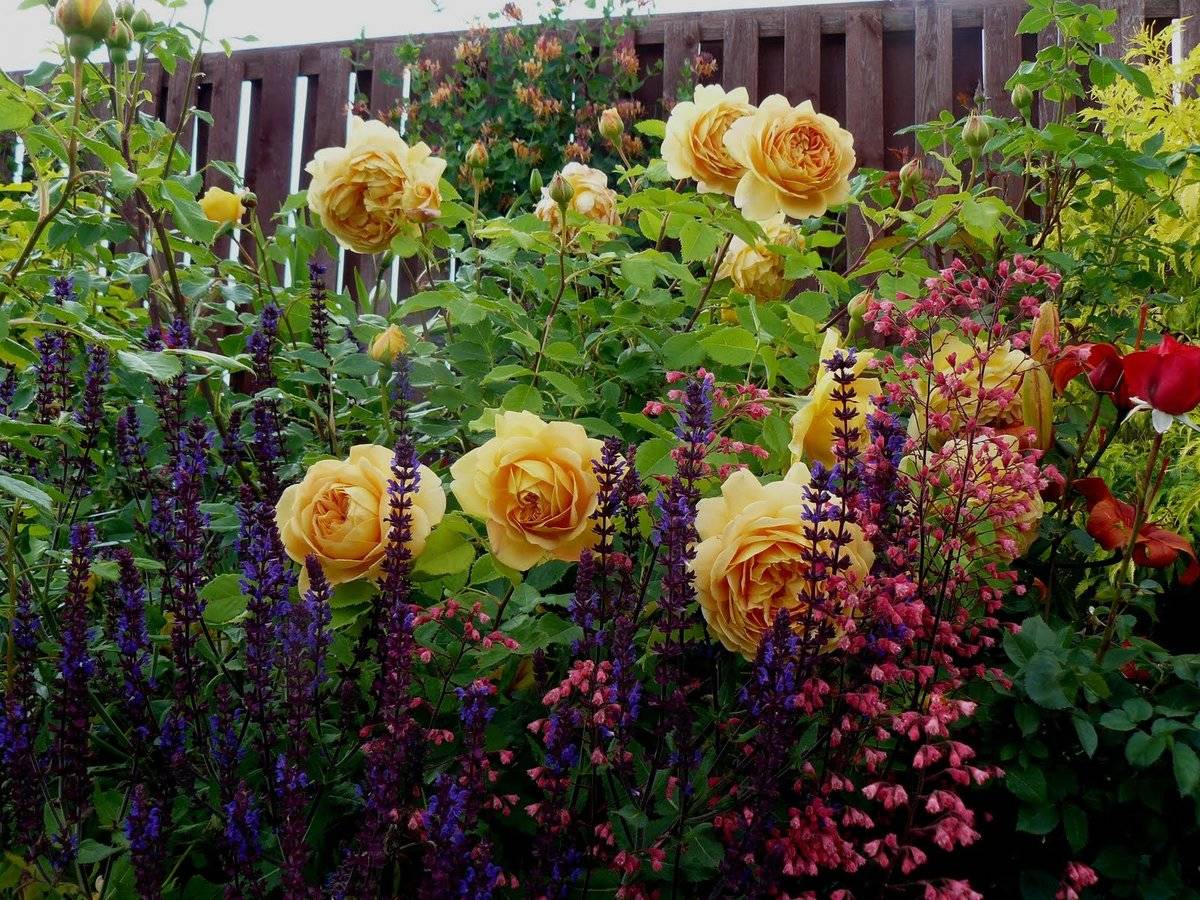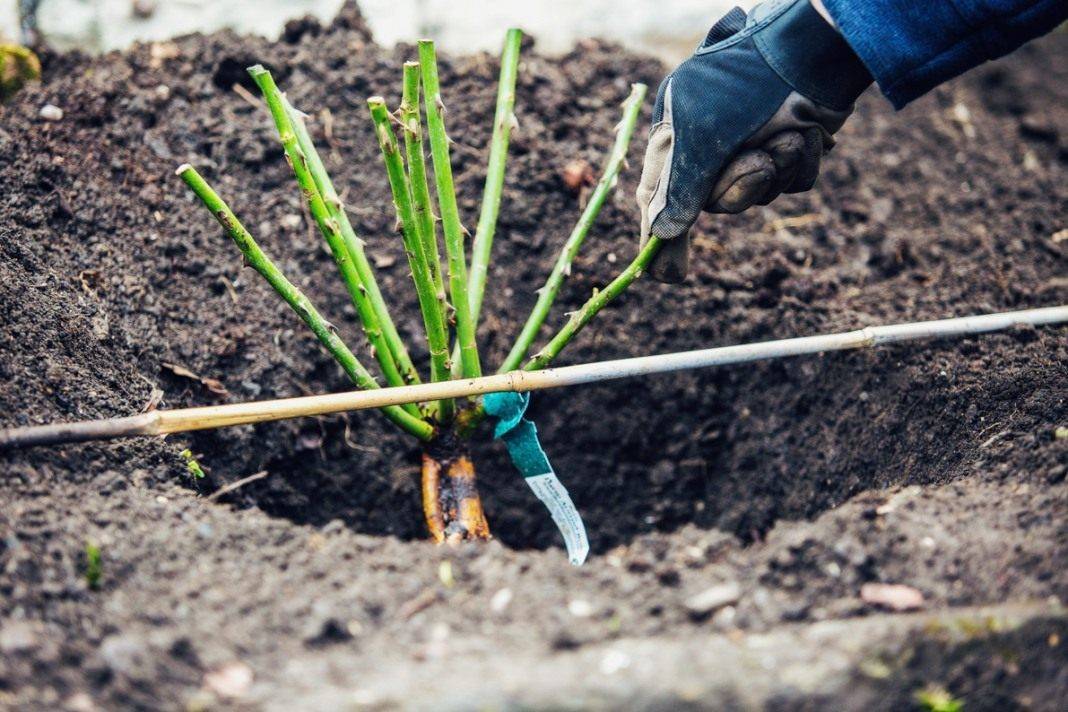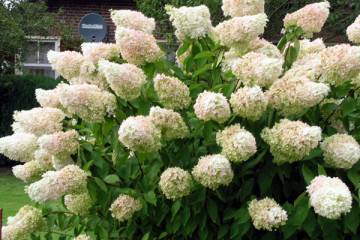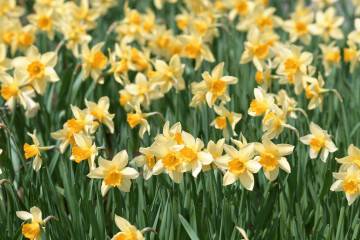Caring for roses in the summer in the country in the open field
Content:
Garden roses are quite unpretentious to care for, these fragile flowers can grow in the same place without replanting for up to ten years. Of course, for this you need to choose the right place for planting and regularly carry out simple cultivation activities.
Outdoor garden rose care
Before starting to care for roses, it is necessary to collect information about the needs of the bush. Despite the unpretentiousness, the plant must be given careful care, as it blooms, and any mistake made in growing can greatly affect the budding process and the quality of flowering.
How to properly care for roses in summer to bloom beautifully
Caring for roses begins with planting seedlings in the ground. The correct procedure will save you from subsequent problems and can even facilitate all the grooming activities altogether. Unfortunately, the unpretentiousness of roses does not indicate that normal growth is enough just to apply any fertilizers and water the bush as necessary.
Briefly about how to care for roses in the garden:
- Choose the right landing site, which should be well lit and protected from the wind.
- Regular watering twice a week during dry periods, once a week during normal summer and twice a month in early spring and late fall. In rainy periods, watering the shrub is not worth it at all, so as not to provoke the appearance of root rot.
- Weeding the earth through the bushes. This procedure will prevent the appearance of small young shoots that interfere with the normal development of the shrub, and will additionally loosen the soil.
- Loosening of the soil must be carried out not only during weeding, but also separately.
- Make frequent visual inspections to look for signs of disease, pests, and other problems.
- Feed the necessary fertilizers for garden roses.
Correct planting of roses
As mentioned above, caring for a plant begins with the procedure for planting it in open ground. It is necessary to plant roses in a garden or on a plot in the country in the spring after the soil has completely warmed up; in the middle latitudes of Russia, this period falls around the end of April or the beginning of May.
Before planting itself, it is necessary to choose the right site for growing. Roses are very light-requiring, therefore, it is recommended to choose well-lit places for their maintenance. In shady places, the leaves of roses darken and the flowering is not so bright and plentiful, as the bush will often hurt.
Another important point in choosing a location should be the absence of drafts. That is why most often roses are grown on the southern sides of hedges and other buildings. It is very important not to cover the bushes completely, they must be ventilated. Rose bushes are not particularly sensitive to the composition of the soil. The main thing is that it is lightweight and breathable. The lack of nutrients can fully compensate for competent feeding.
Planting seedlings in the ground is carried out according to the following algorithm:
- Dig holes half a meter deep and wide. If planting is carried out in loamy soil, then the hole should be deeper.
- Fill the bottom of the hole with drainage material: expanded clay crumbs, fine gravel, gravel or brick chips.
- On top of it, cover a layer of nutrient substrate, which consists of sod land, compost, river sand and rotted manure. Fresh manure is contraindicated, as it can burn out the rhizomes of the bush.
- Place the seedling on top of the nutritious potting soil and, if necessary, spread its roots. If the roots and shoots are too long, then they need to be cut to 1/3 of the length.
- Cover with substrate, not reaching the edge of the well surface.
- Drizzle with clean water at room temperature.
When all the moisture is absorbed, cover with the remaining substrate to the very edge and tamp the soil around the tree trunk circle.
Mulching roses in summer
Mulching greatly simplifies the rest of the care procedures. As mulch, you can use crushed tree bark, small pebbles, crushed stone, sawdust, hay, straw, peat. This procedure is carried out twice: at the beginning and at the end of summer. The mulch layer should be about 5 centimeters, it should completely cover the soil, leaving no voids or gaps.
Mulching the soil helps to keep the soil moist and loose for an extended period of time. In this case, watering can be carried out every 10 -14 days. Also, this procedure will save the root system of roses from overheating in the heat. The big advantage of mulching is that weeding can be stopped completely.
Loosening and weeding
It is necessary to loosen the soil not only during weeding, but also separately. This procedure, along with proper lighting, is a basic requirement for growing garden roses. Flowers need a constant light air-permeable soil condition in order to exclude the appearance of fungal and infectious diseases, as well as root decay.
Agronomists advise to loosen the soil under the bushes after each watering procedure. As mentioned above, this should be done only after the water has been completely absorbed. Loosening helps to reduce the number of weeds, which has a positive effect, because weeds often contribute to the appearance of diseases and pests.
Weeding is carried out if necessary. You should not wait for the weeds to grow, but remove them by the roots while still being small sprouts.
Top dressing of bushes, the better
Feeding of rose bushes can be carried out with both dry and liquid fertilizers. The most important first and last procedures for the season are best done with the help of dry fertilizers, among which there should be organic matter. Organic matter includes humus, compost, rotted manure, bird droppings. For one square meter of soil, it is necessary to apply from 3 to 10 kilograms of organic matter, the mass of fertilizer depends on the quality and characteristics of the soil.
For a more positive effect and a quick effect of the drug in the cool season, it is recommended to feed garden roses by foliar method. Most often, these are liquid fertilizers that are sprayed on the bush itself.
Of the mineral fertilizers, beautiful shrubs especially need:
- Nitrogen-containing, which are used from May to July or the beginning of flowering bushes. They help the shrub to gain green mass.
- Phosphoric. Required from June to September. Such preparations strengthen the root system and promote abundant and long-lasting flowering.
- Potash. They improve the general condition of the bush, are introduced from June until the bush leaves dormancy.
How to properly water roses
The health of roses and the quality of their flowering very much depend on proper watering.The watering procedure itself is very simple, the main thing is to adhere to the basic rules according to which it should be carried out.
Water the plant abundantly, but not very often. In the summer, 1 or 2 procedures per week are sufficient. At the same time, during long rainy periods, it is better to stop watering altogether. If you water the shrub often, but with a little water, the root system of the roses will become weaker.
Irrigation water should not be dirty and not contain harmful chemical compounds. The temperature of the liquid is also of great importance. In no case should the soil be moistened with cold or hot water. The optimum temperature is considered to be 18-25 degrees.
Rain, river or melt water is well suited for irrigation. At the same time, fresh rain liquid has a small amount of electrical charge, therefore, it quickly transfers all the necessary nutrients from their soil to plant tissues. That is why it has recently become popular to irrigate with magnetized water; there are even special devices for this.
Spraying roses, when and why it is done
Spraying roses is carried out not only with ordinary water, but also with special preparations. Roses can take on a sluggish and tired look if the year is too hot and sultry. In such cases, in the evening, spray the ground part of the plant with clean water at room temperature. This will not only refresh it, but also cleanse the axils of the leaves from dirt and dust.
Spraying as a prophylaxis against diseases and pests begins in the spring and continues until the bud ovary begins. As soon as the spring sanitary pruning is carried out, you can start treating the bushes with fungicides: Horus, Thanos, Fundazol, Topaz and others. The frequency of these procedures should be twice a week.
Protection against diseases and pests
Caring for garden roses should mean prevention and protection from the appearance of diseases and insect pests. Although most of the street pink varieties have a high disease resistance, during the budding period, beautiful garden roses are especially fragile and susceptible to disease.
The bushes are especially prone to the appearance of powdery mildew, the first sign of which is a white bloom on the leaf plates. Infected shrubs will bloom more slowly and less abundantly. In addition, the general condition of the plant will deteriorate, then the buds and leaves will begin to dry out and fall off.
In order not to have problems with the bush, it is necessary to regularly carry out preventive measures. In early spring, twice a week, it is necessary to process the shrubs with a non-concentrated solution of baking soda.
Planting next to onion, garlic, or lavender flowers is another proven way to avoid pests. The essential oils secreted by these plants effectively ward off parasites with their pungent odor.
After the manifestation of the disease, the plants need to be washed with soapy water or use Bordeaux liquid. It is better for novice flower growers not to experiment with folk remedies, but to purchase potent drugs called "Actellik" or "Fitoverm".
Do roses need pruning in summer
In spring and autumn, sanitary pruning is mandatory annually. Rotten, dried and aged branches are cut off. Caring for roses in the summer also involves pruning. In addition to it, sometimes, if necessary, pinching is done, removing the upper parts of the shoots. The purpose of summer pruning is to form a shrub, so it can be carried out throughout the entire long summer period.
To control the quality of flowering during the budding period, you need to constantly cut off excess buds that are tied. Otherwise, the bush will bloom with small dull but abundant flowers. In July, the shrub sometimes has blind shoots or fat, which should also be removed.
Often in the summer, the opening of the roots occurs, which is why shoots appear. It also needs to be cut off in time. This problem usually occurs when the pink variety and the rosehip variety are incompatible or when the plant is planted too high.
The rose fits very nicely into any landscape design, it is not for nothing that it is called the "queen of flowers". The variety of flowers of the buds of this plant is surprising, they can be combined with absolutely favorite species of not only flowering, but also herbaceous and deciduous plants. To grow a shrub on your site, you need to know its needs in order to provide it with proper care.





















